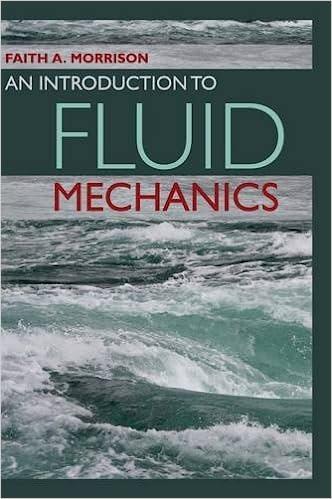Question
Pr. 10.12 With reference to Example 10.4 in the textbook A) Apply Eq. (10.7) to Eq. (A) to verify Eq. (B) and Eq. (C), Show
Pr. 10.12 With reference to Example 10.4 in the textbook A) Apply Eq. (10.7) to Eq. (A) to verify Eq. (B) and Eq. (C), Show Eqs. (B) and (C) combine in accord with Eq. (10.11) to regenerate Eq. (A). Show Eq. (B) and Eq. (C) satisfy Eq. (10.14), the Gibbs/Duhem equation., Show that at a constant T and P, = 0
B) Plot values of H, H1 (partial molar enthalpy of component 1) and H2 (partial molar enthalpy of component 2), calculated by Equations (A), (B), and (C), vs. x1. Label points and show the values H1, H2, H1 (Partial molar enthalpy of component 1 at infinite dilution), H2 (Partial molar enthalpy of component 2 at infinite dilution) on the graph
Step by Step Solution
There are 3 Steps involved in it
Step: 1

Get Instant Access to Expert-Tailored Solutions
See step-by-step solutions with expert insights and AI powered tools for academic success
Step: 2

Step: 3

Ace Your Homework with AI
Get the answers you need in no time with our AI-driven, step-by-step assistance
Get Started


